

20th October 2022 Session (11:45am - 01:15pm)
The building sector is second largest consumer of electricity in India. The growing economy of our country, rapid urbanization, and massive construction activity across the country will lead the exponential rise in our need of pucca houses and its associated energy needs. To provide housing for all, India is running one of the biggest social housing programs - Pradhan Mantri Awas Yojana (PMAYU). It is a flagship initiative of the Government of India that aims to provide around 122 lakhs Affordable Housing. It is important to note that houses once built last for at least 50-60 years and thus have the potential to impact resources usage during its life span. Thus, it is very important to ensure that these constructions are energy efficient as well as thermally comfortable.
Energy efficiency in affordable housing plays a very critical role and needs action across building design, construction, material selection, and operational optimization. It’s important to focus on lowcost design solutions, passive measures, low-energy comfort systems etc to ensure a sustainable and affordable solutions to the habitants of affordable housing. In addition to the energy efficiency, thermal comfort in affordable housing is most important. Massive efforts are given by the government to provide a pucca house to all but it is important to ensure these houses are thermally comfortable with least dependency on active measures to meet the need of cooling or heating of indoor spaces. This will not only reduce the need of purchasing expensive equipment by the habitant of affordable housing but also ensure a sustainable and low-carbon building operation.
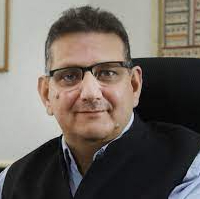
Director, NIUA
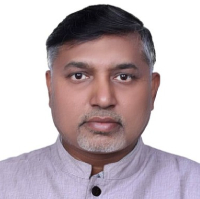
Expert on Thermal Comfort and Climate Change
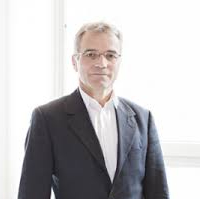
2000-watt Smart City Association
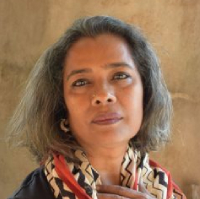
Auroville Design Consultant

PS Collective
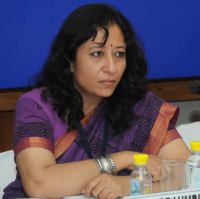
SEWA Mahila Housing Trust

Professor, CEPT University
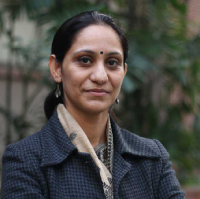
MD, Rocky Mountain Institute